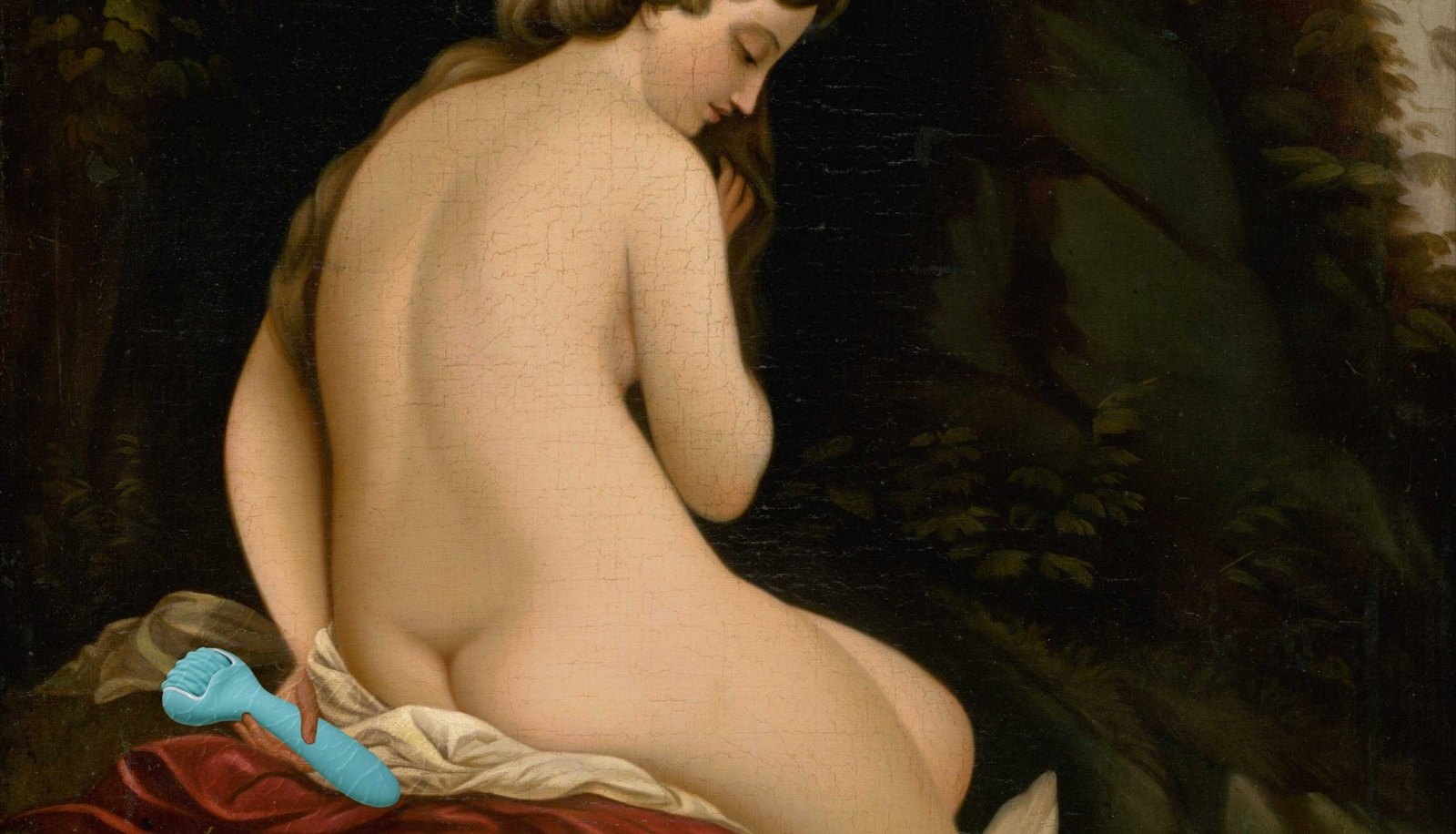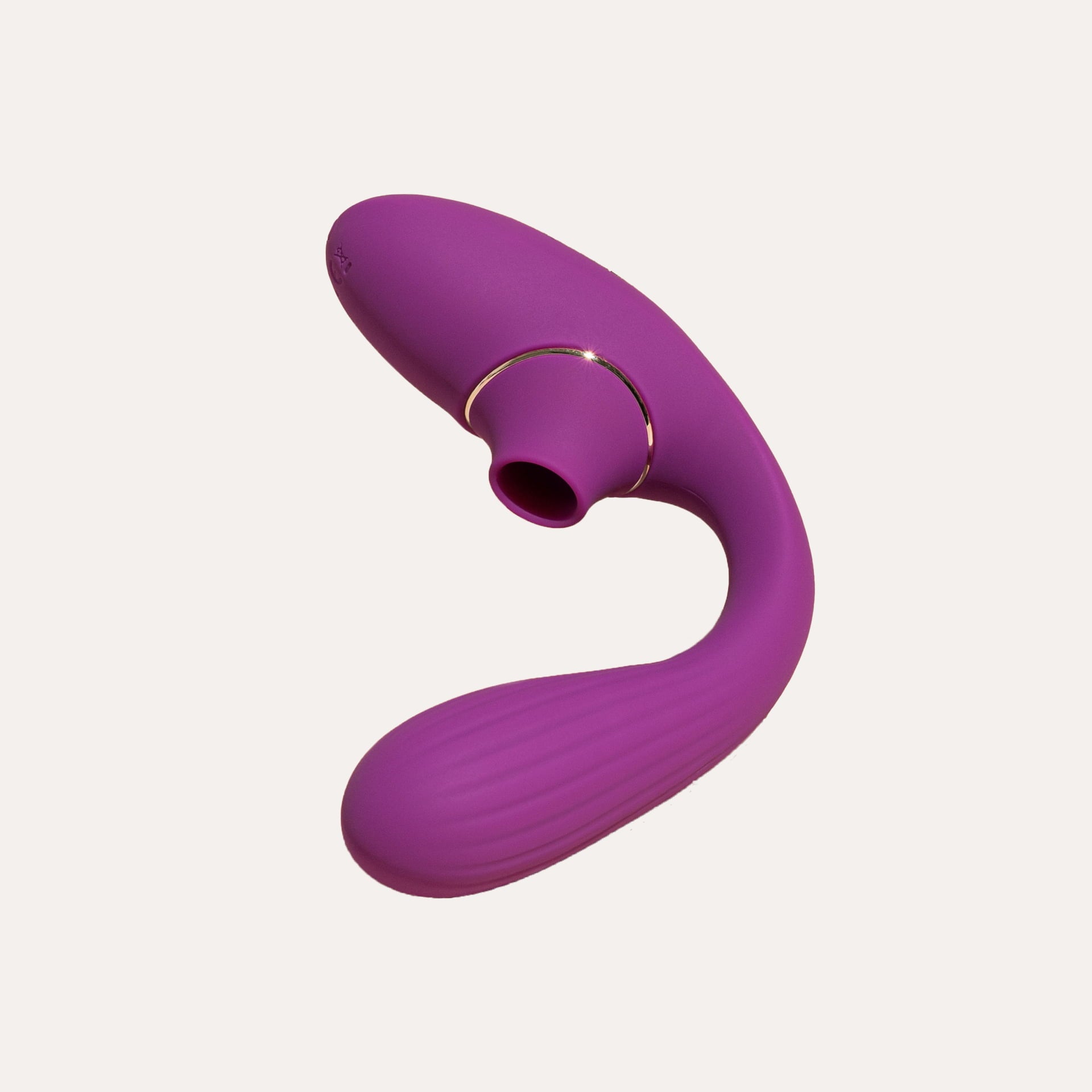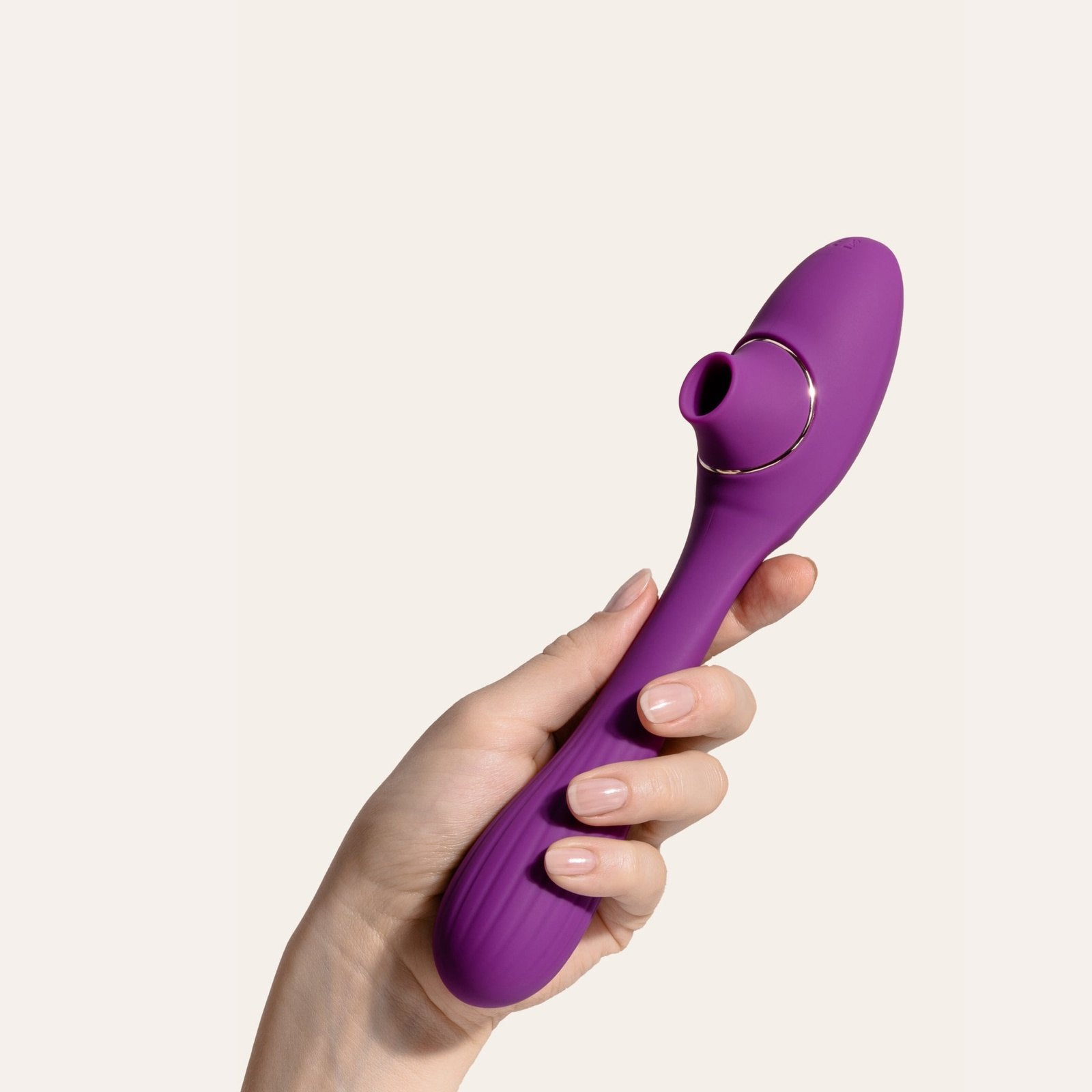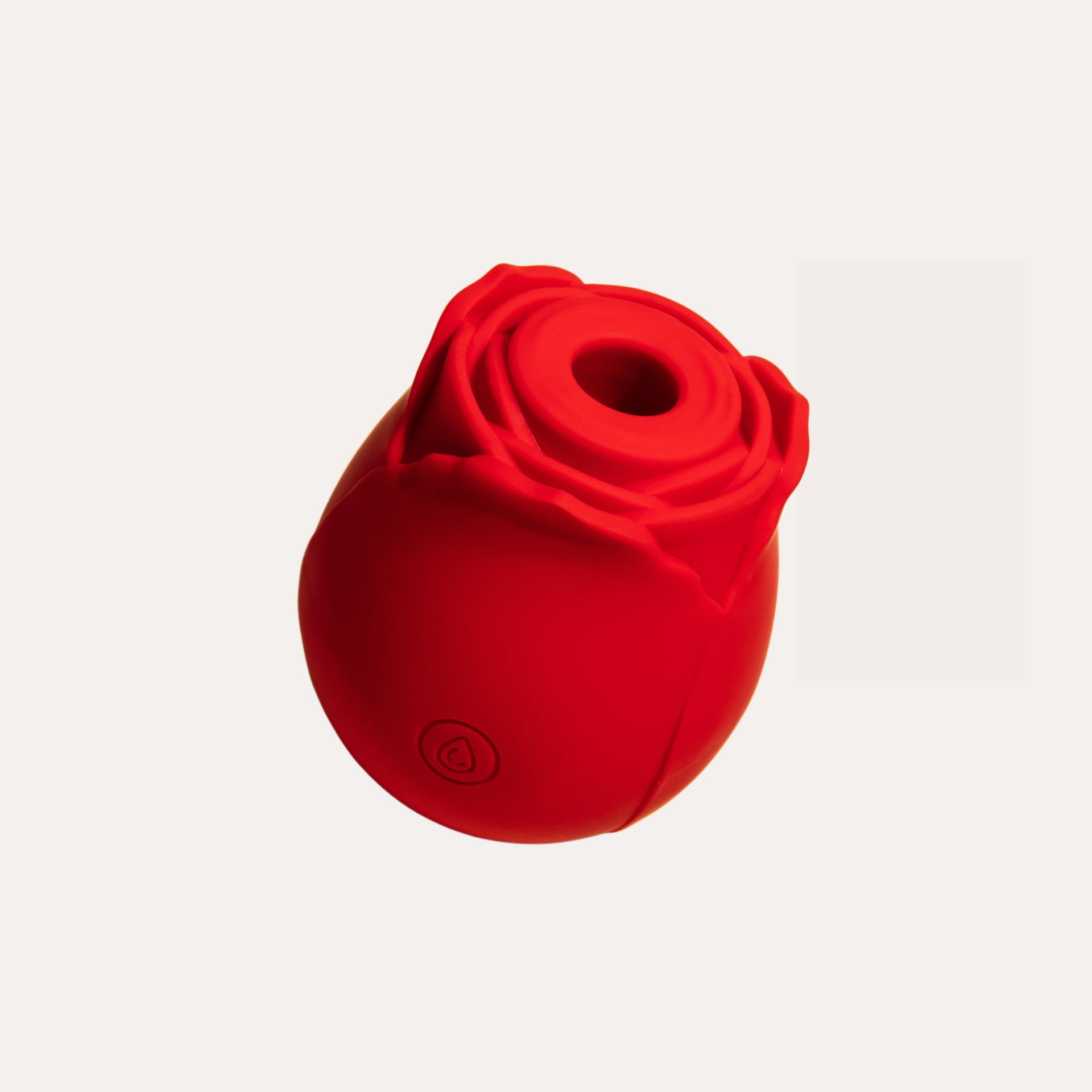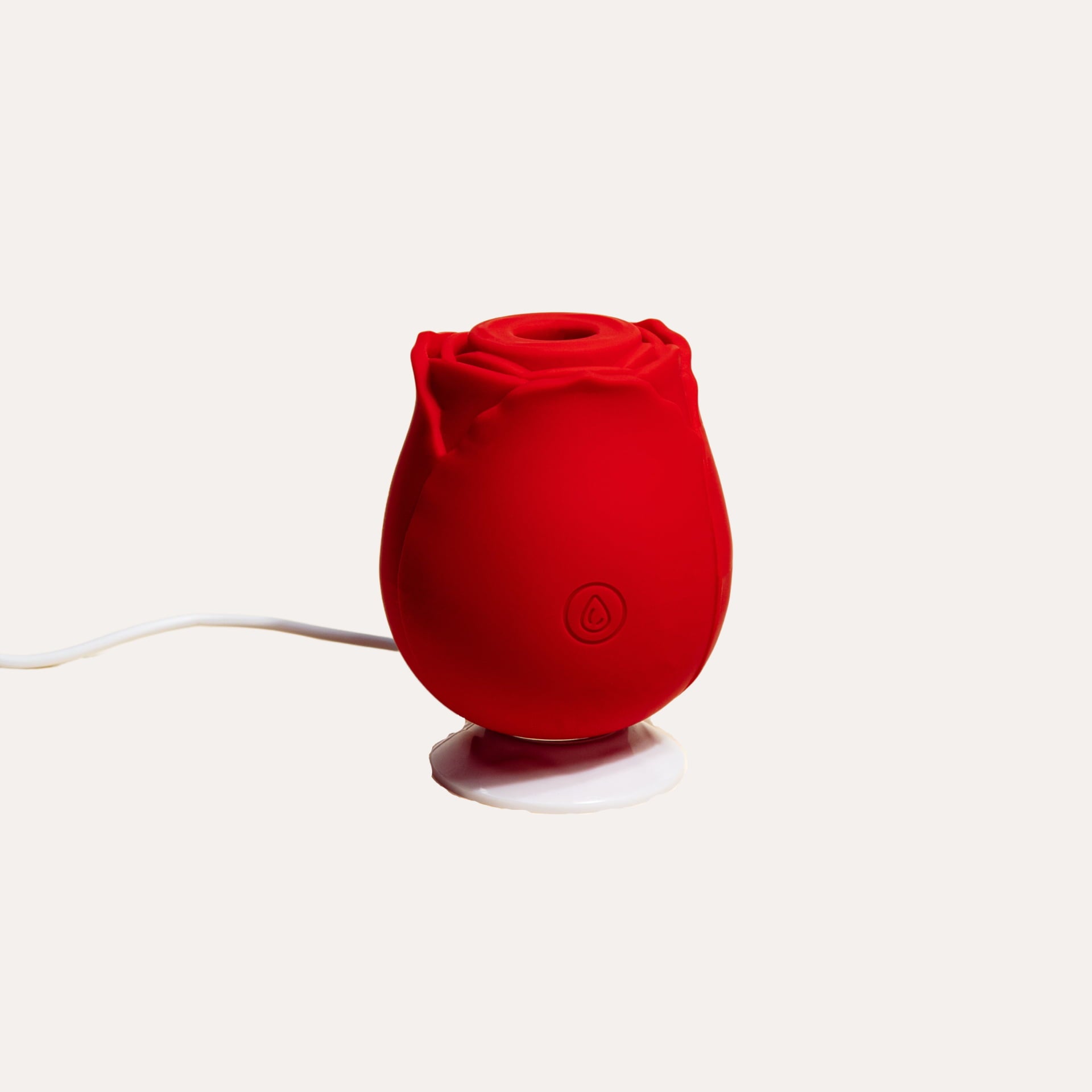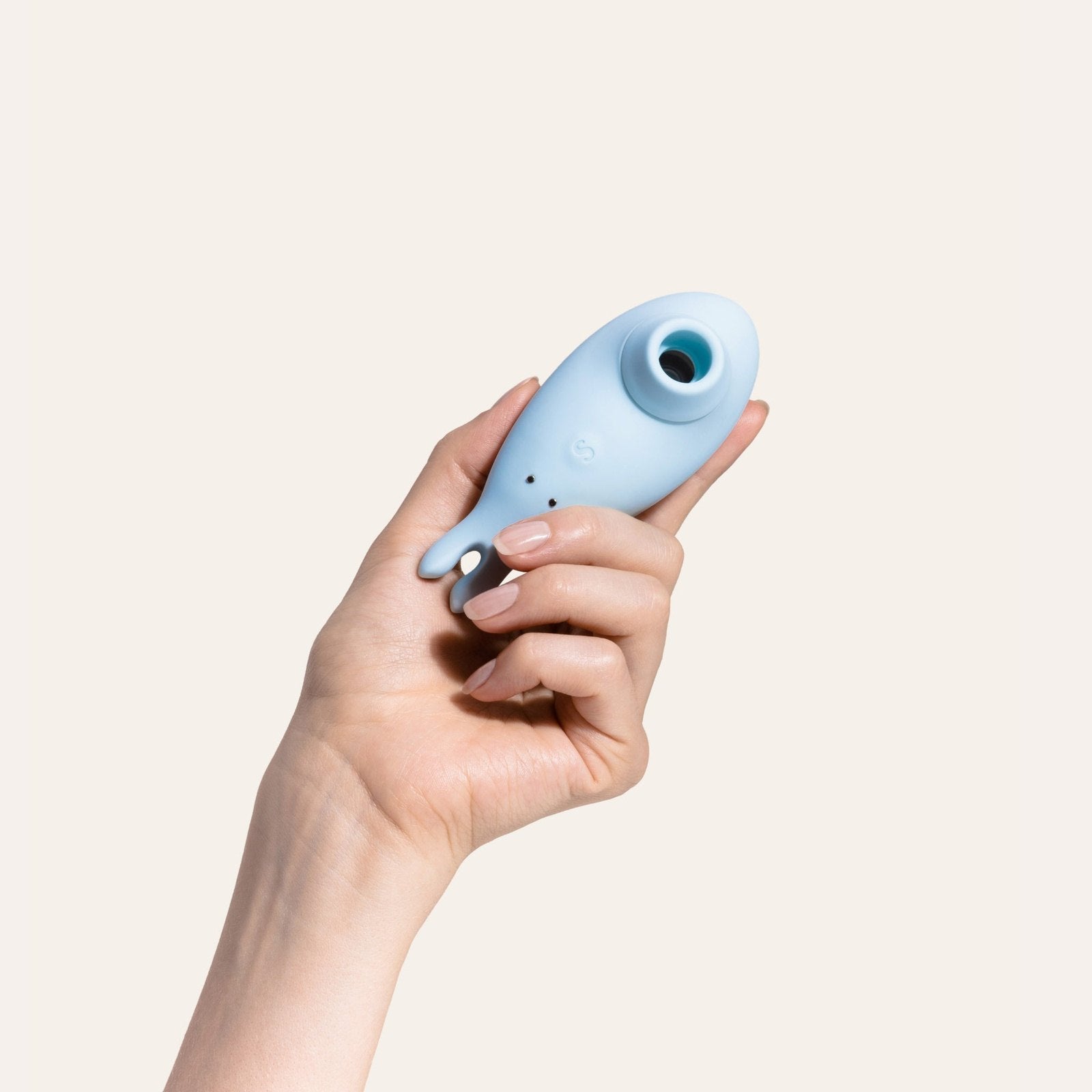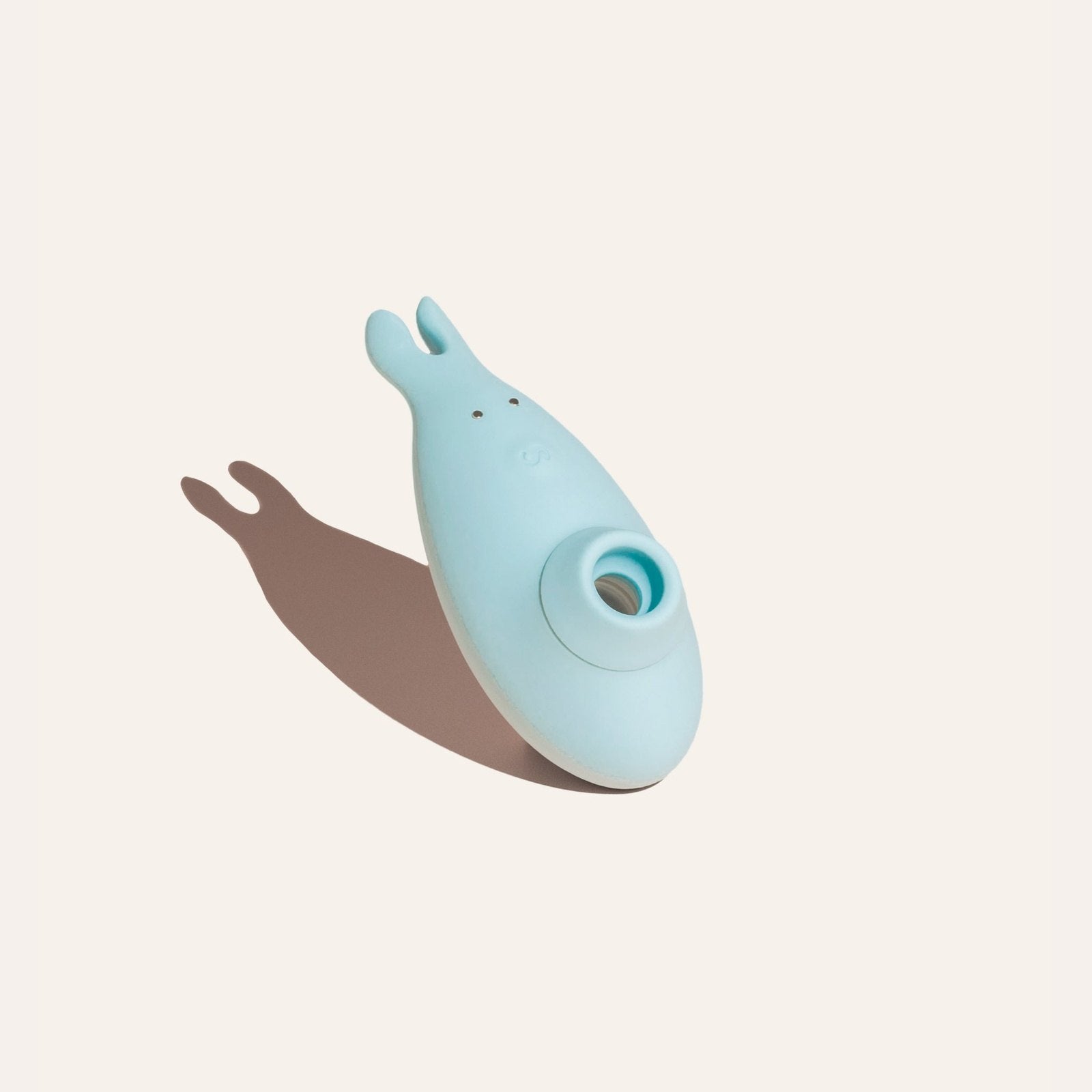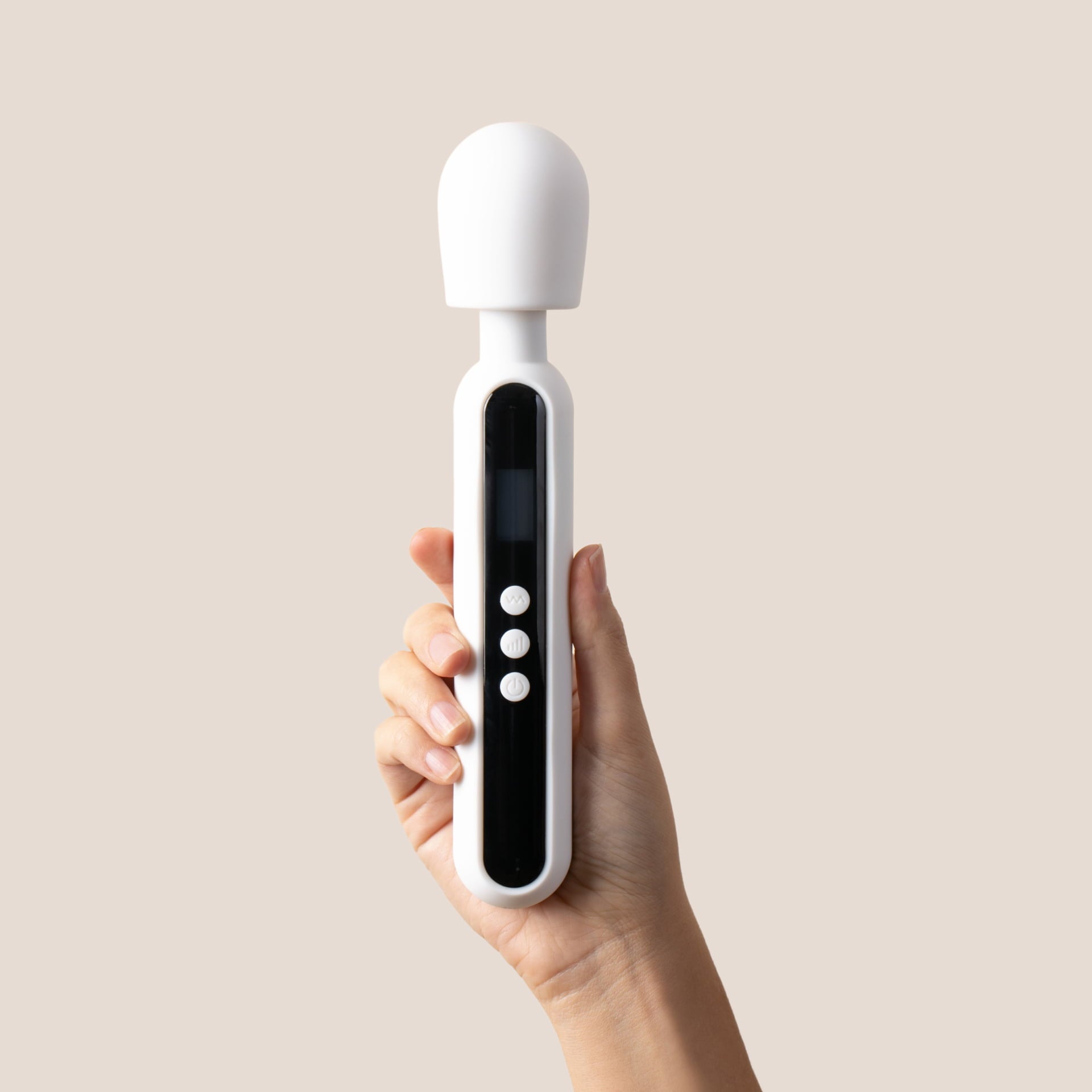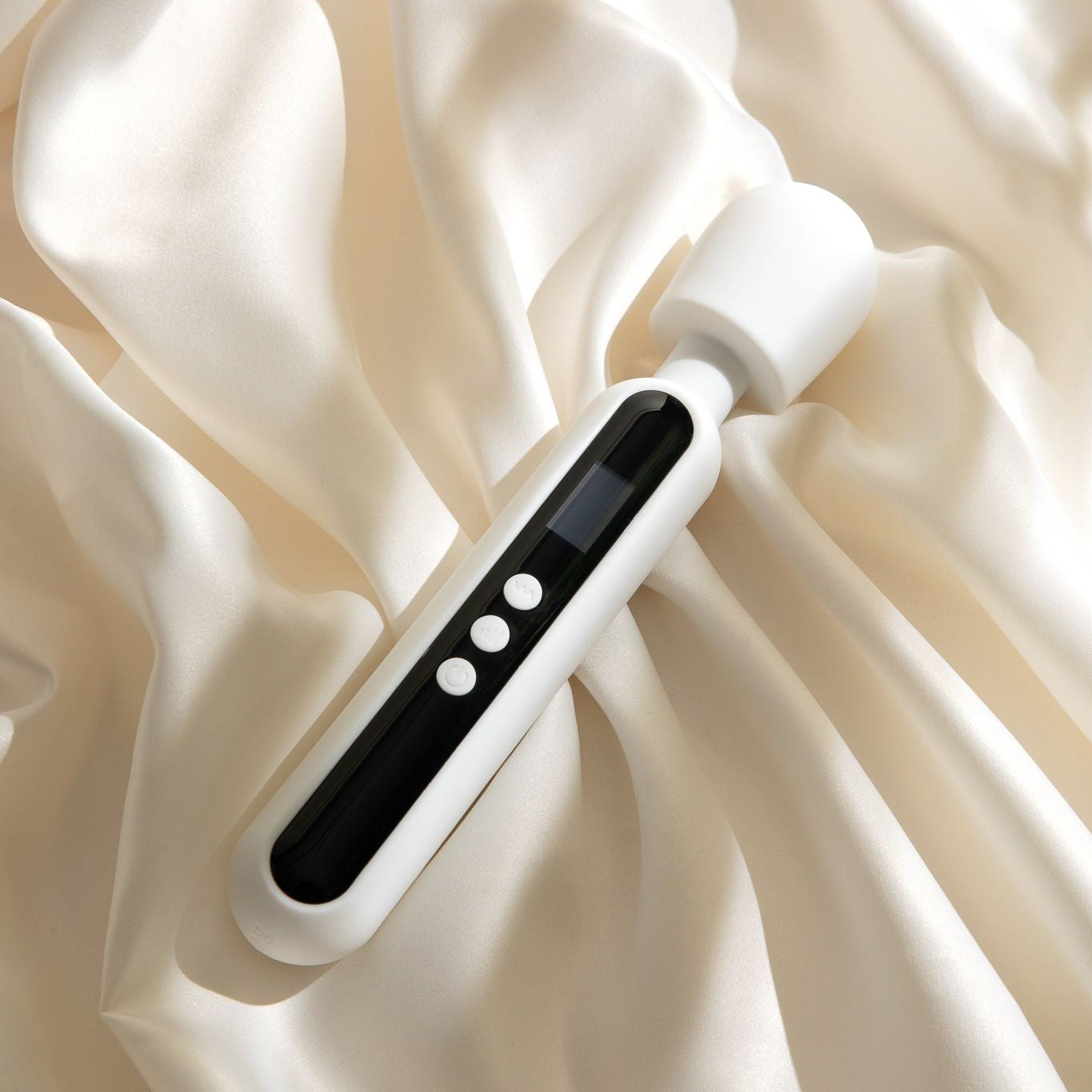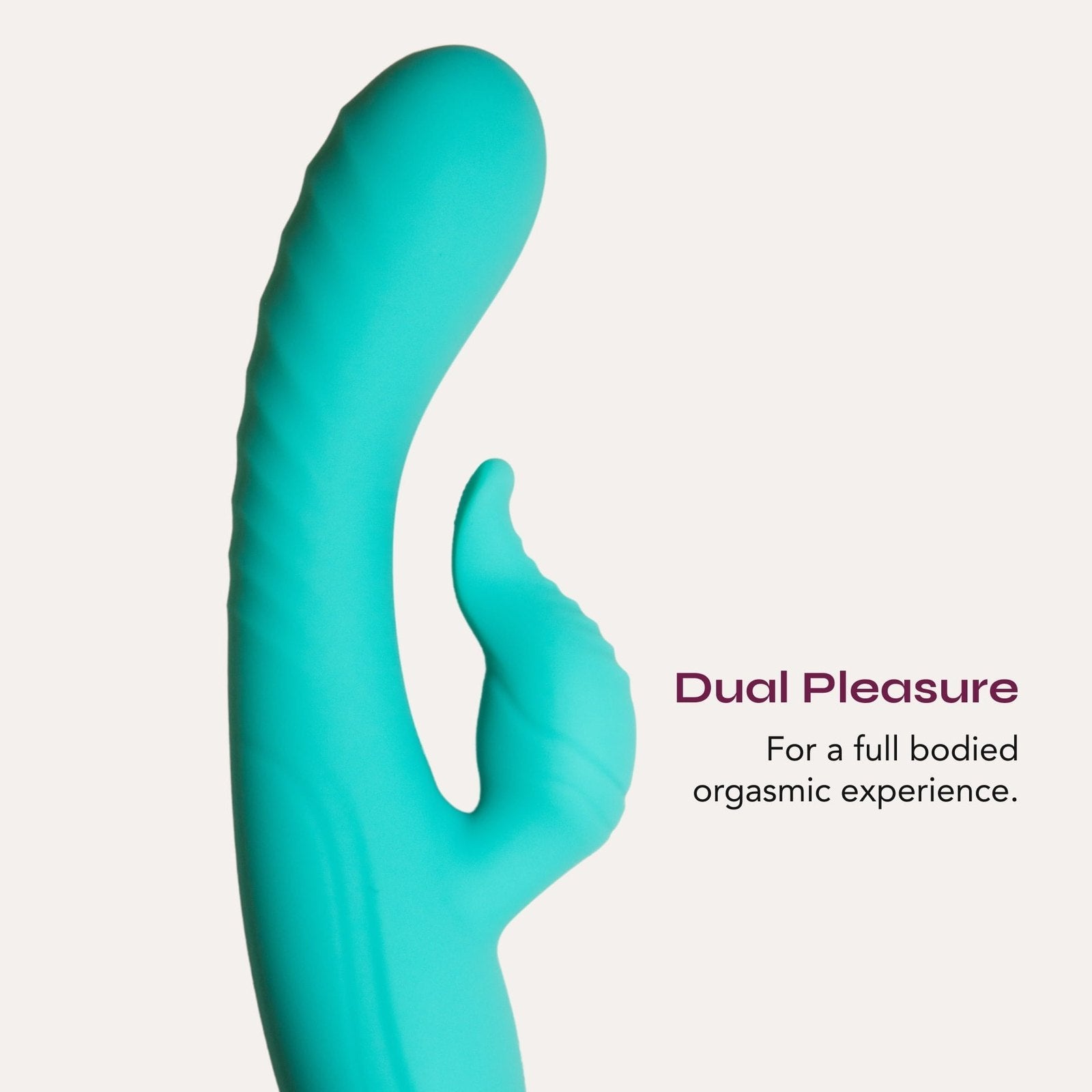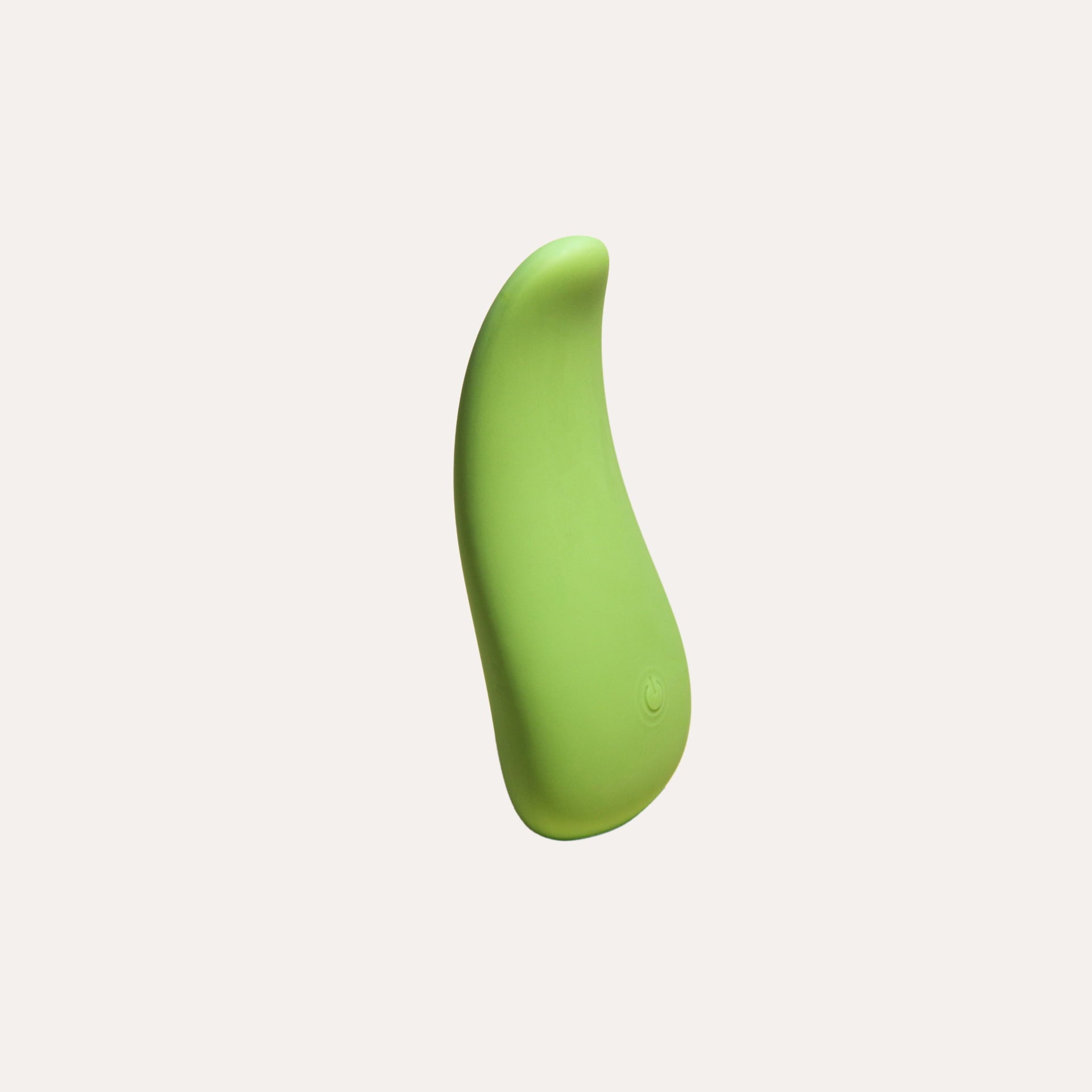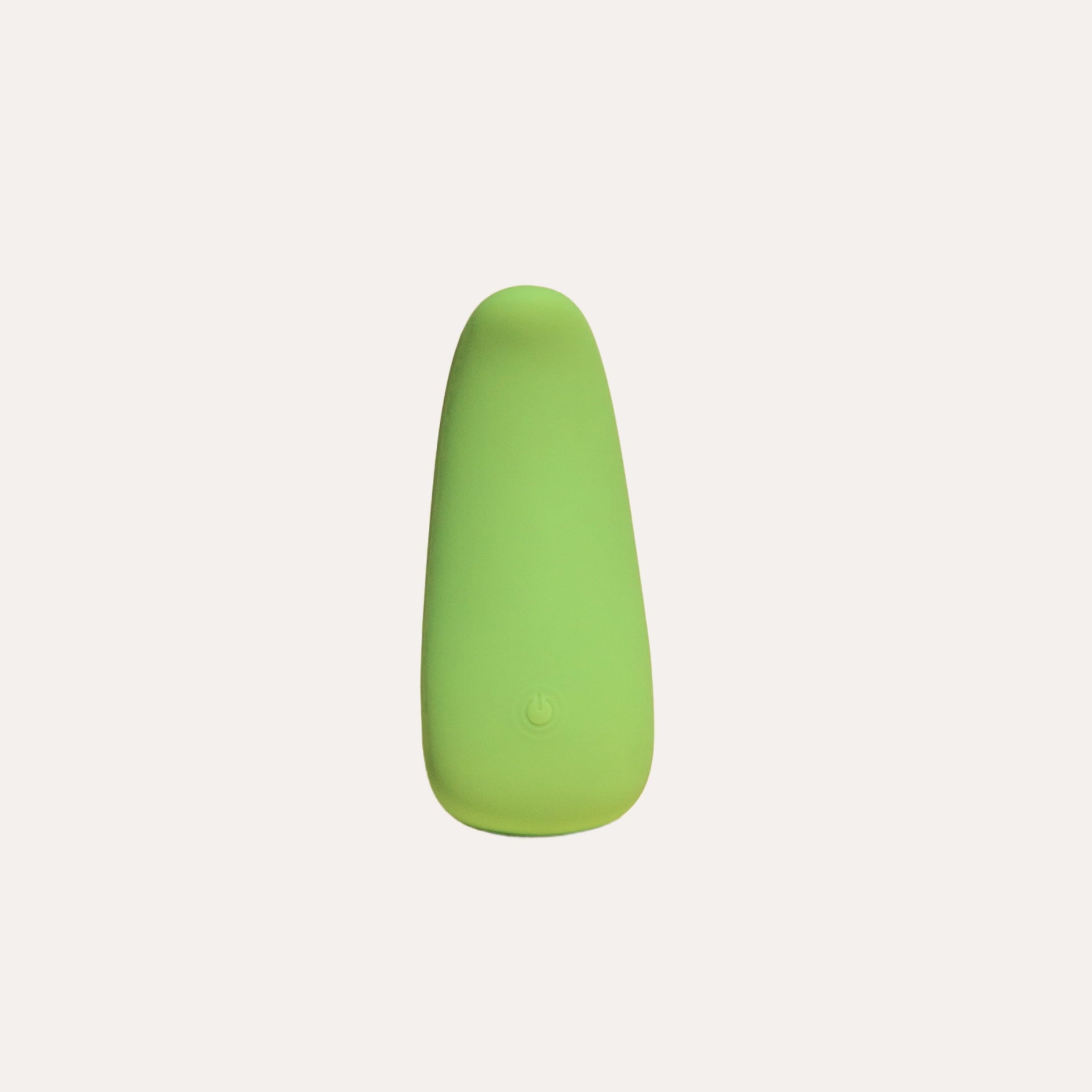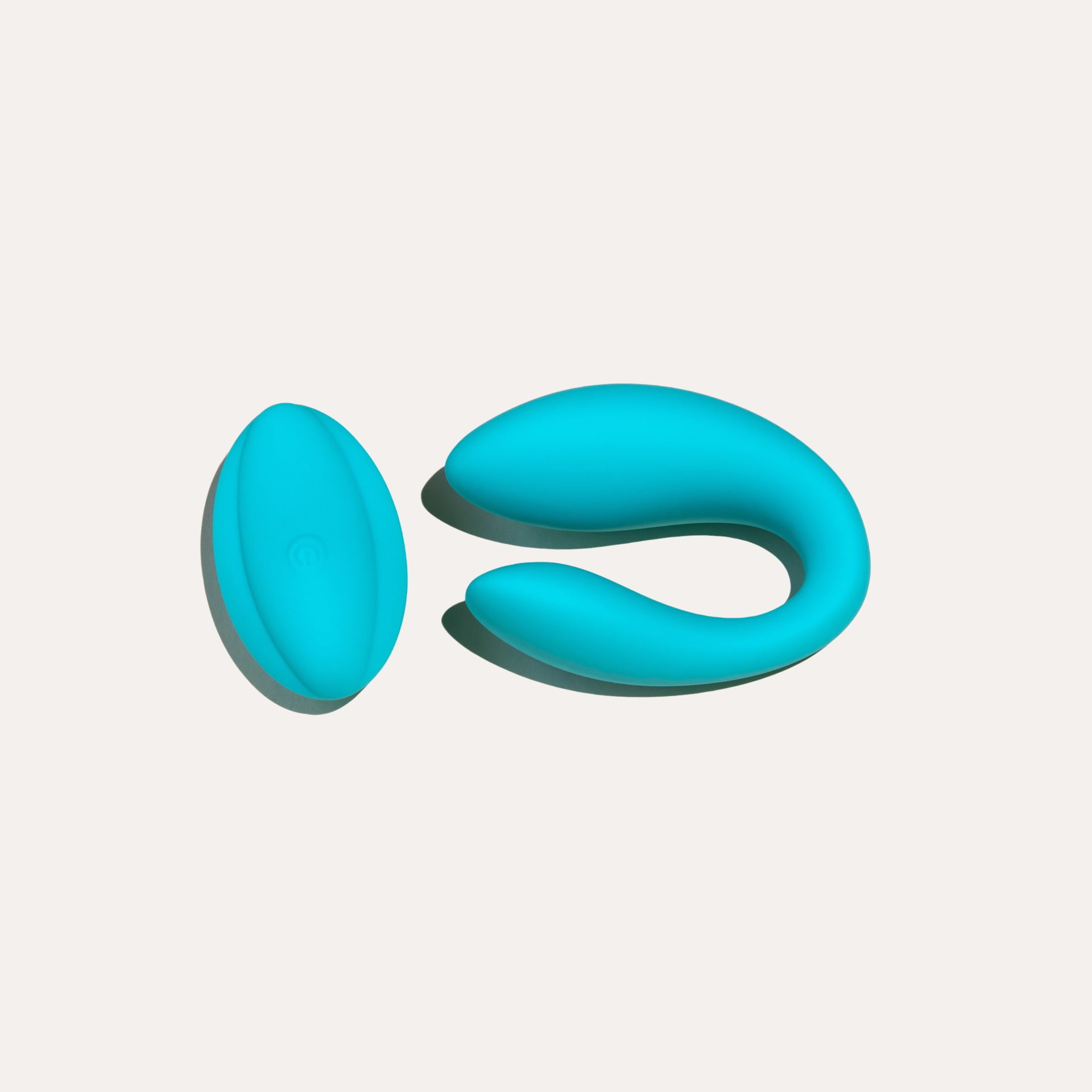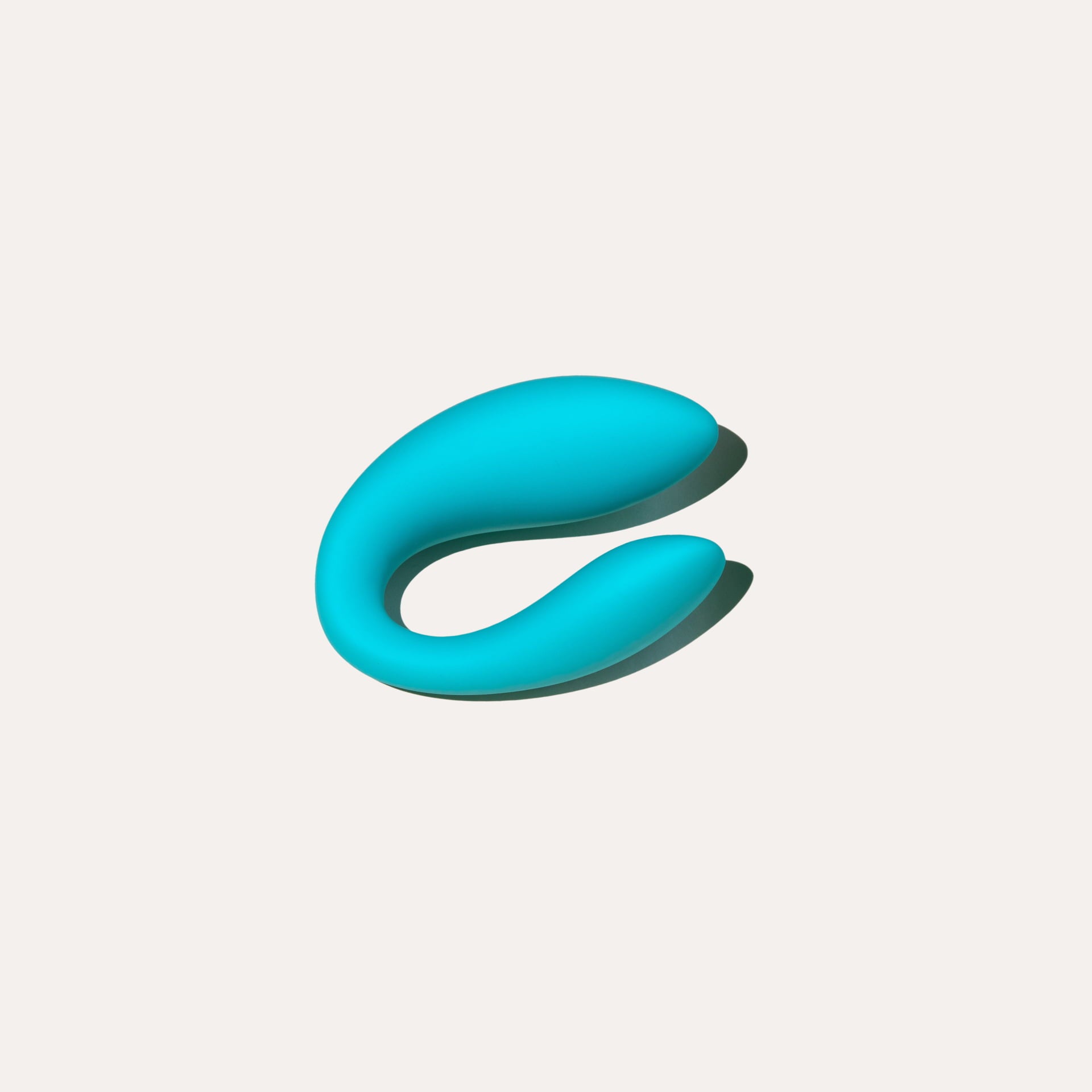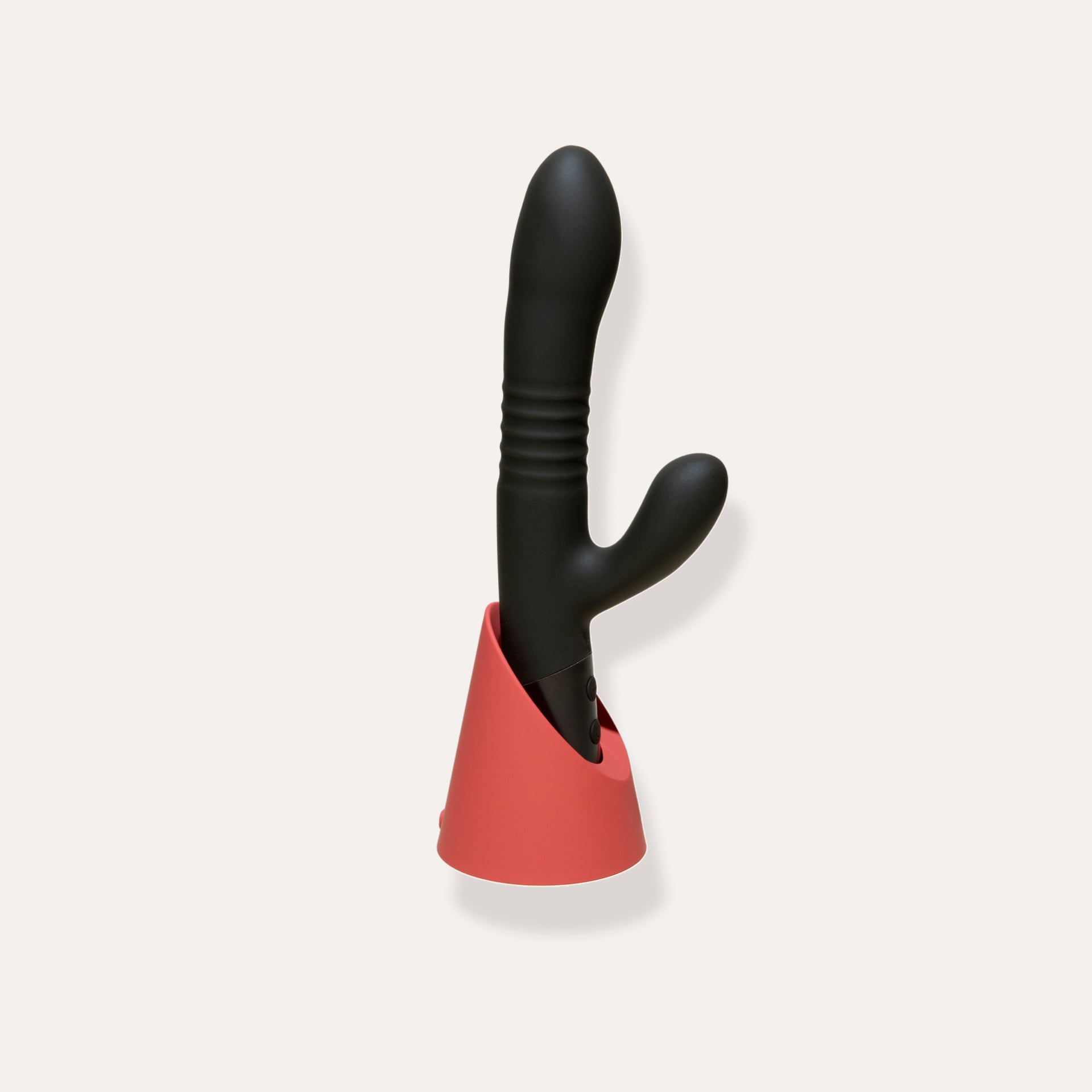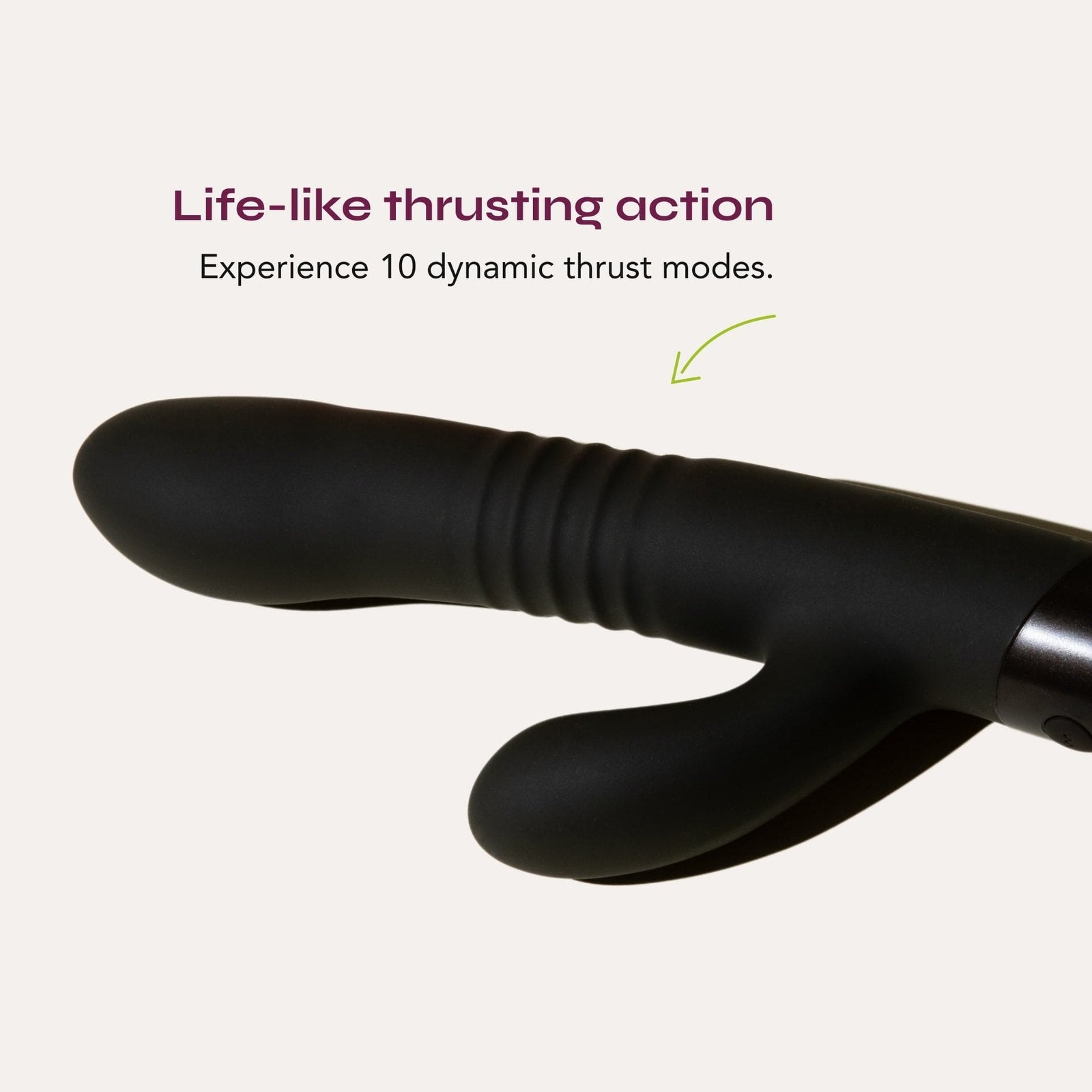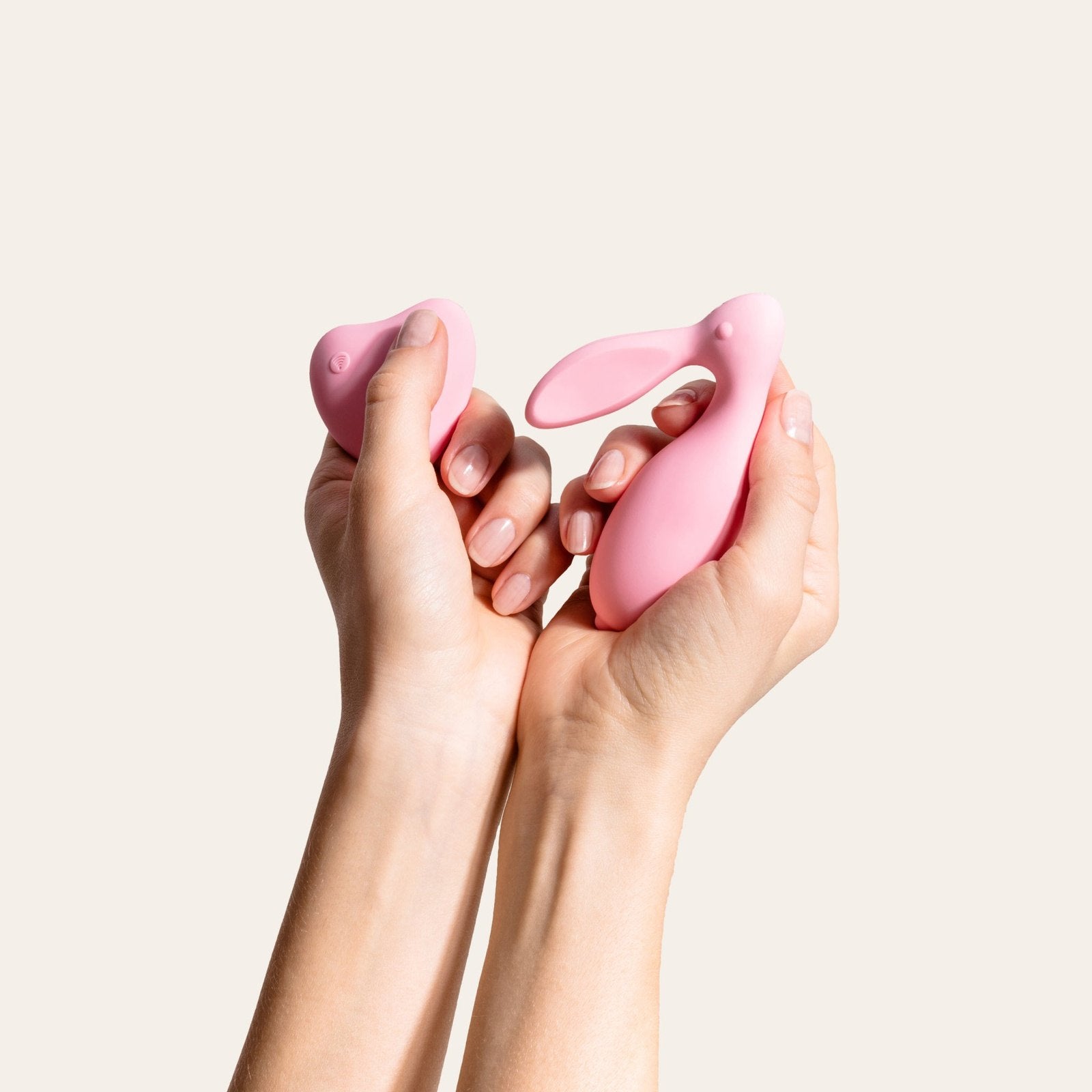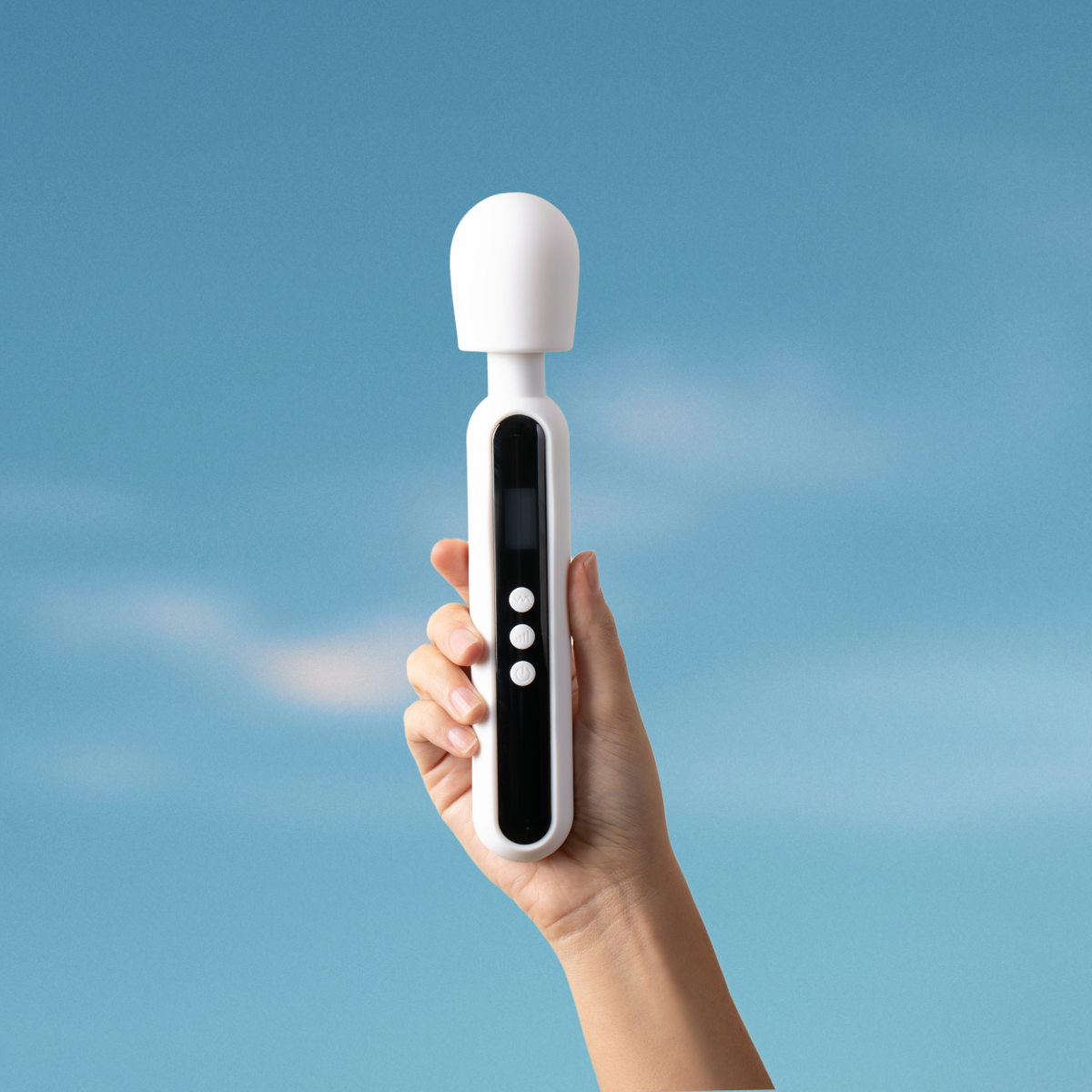Sex toys, vibrators, dildos -- no matter what you call them, vibrators have come a long way since their inception. Vibrators have gone from a socially camouflaged cure-all “medical device” to an icon of an overt sexual revolution.
Since the early 1900s, personal vibrators have been available to buy in mainstream retailers. But vibrators weren’t always marketed as a pleasure product (despite having phallic attachments).
Obscenity laws forced turn of the century marketers to get a bit creative.
Vibrators were often known as blood circulation devices suitable for "removing wrinkles" and "curing nervous headaches" -- among many other claims.
Much myth, pseudoscience, and speculation surround the history of vibrators. Some claim that Cleopatra created the first vibrator by stuffing a gourd with bumbling bees in 54 BC. While this tale of DIY pleasure is entertaining, there is no evidence to support it.
All myth aside, let’s go through everything we know about the history of vibrators, and sex toys alike.
Prehistoric dildos
Before the bumbling vibrators we know and love today, there were dildos. The world’s oldest known dildo, uncovered in Germany, is called the Hohle Fels phallus. Hailing from the Ice Age, it’s thought to be around 28,000 years old. This highly polished siltstone phallus is 7.8 inches long.
The roughly lifelike size (albeit 2 inches longer than an average penis) and incredibly smooth surface suggest that it may have had sexual uses. Other lifelike prehistoric dildos were found in France and Morocco.
Ancient Greek dildos
The olisboi were often mentioned in Greek texts and Greek theatre and by today’s standards can only be described as a dildo. Greek olisboi were often made from stuffed leather and crafted into the shape of a phallus.
While Greek men were away fighting wars, they feared a lack of sex would cause female hysteria in their wives. So in their absence, Greek men gifted their wives leather-sheathed olisbos. So thoughtful, right?
18th century: The tremoussoir
Skipping ahead a few thousand years -- the first medical vibrator known as le tremoussoir was created in France in 1734. This invention eventually made its way to the Americas by 1750 by way of medical suppliers. Before the American constitution was even written people in the Americas were getting down with the tremoussoir, aka the “Clockwork Vibrator”.
But, this device was considerably expensive, as were all the medical vibrators, so often only physicians had the means to purchase them.
19th century: The medical vibrator
In 1869 Dr. George Taylor invented the steam-powered vibrator called the Manipulator. Unlike the electric vibrators to follow, this vibrator was explicitly designed and marketed as a vulva massager.
In 1883 the first electric vibrator was invented by Joseph Mortimer Granville. Its intended use was strictly medical and was intended to relieve male muscle aches, pain, deafness, and spinal disease.
The only sexual use Granville suggested was using the electric vibrator on a man's perineum to treat erectile dysfunction. (This is called an external prostate massage. While it’s very pleasurable, it doesn’t treat impotence.)

Image source: The New York Times
The 1890s: The hand-crank vibrator
The Pulsocon, also called “the blood circulator,” was a hand-crank vibrator patented by Gerald Macaura (who posed as a doctor). Sometime after it was invented it was later made available in the Sears catalog as an aid to overall health and beauty.
It's possible that this device was the dawn of the vibrator’s social camouflage. The unfounded health claims offer a plausible reason for purchasing this *wink* “blood circulator.”

1902: The first take-home vibrator
At the turn of the century, vibrators were rebranded as a necessary “home appliance.”
The earliest vibrator advertisement appeared in 1899 in McClure’s magazine. McClure’s claimed this vibrator could “remove crow’s feet and facial blemishes” and “tone up facial nerves and tissues.”
Touted as the secret for a glorious complexion, this 1902 Hamilton Beach vibrator was the very first take-home vibrator. This vibrator came with a 300-page “New Life" guide on "Health and How To Get It" detailing everything the vibrator could “cure.”
Marketing campaigns claimed the vibrator could cure anything from broken bones to deafness to tuberculosis.
The 1920s: Vibrators appear in porn
The jig is up -- vibrators began appearing in porn as a titillating sexual device used by cis-gendered women. Even though the vibrator was innocently marketed as a health cure, it turns out ladies found new uses for these vibrating tools. (Go figure!)
By this time there were a lot of options to choose from as there were 60 vibrator patents in the US alone between 1905 and 1920.
The 1930s to 1950s:
In the 1930s, electric vibrators such as The Polar Cub were marketed as a tool to transform a woman’s face into a "picture of health and beauty."

By the 1950s vibrators were sold with various head attachments to reach those really “sore muscles.” Surprising to absolutely no one, these vibrators kits often included phallic-shaped attachments.
First-generation speed control was introduced in 1952 with the Niagara Handheld Unit 1.
In 1956 Sears produced its own vibrator promising that “great-to-be-alive feeling.” *wink*

The 1960s to 1970s: The sex revolution
The rise of birth control, premarital sex, bra-burning, and vibrators served as the breadcrumbs of a sexual revolution.
During the 60s and 70s, vibrators make the shift from “beauty product” to pleasure product. (But there was still a lot of stigma.)
Betty Dodson, an infamous sex educator, led female-only masturbation workshops in the 70s, recommending the Hitachi Magic Wand for direct clitoral stimulation. She influenced generations of women to discover their vulvas -- with vibrators.
In the mid-1960s the more progressive doctors and therapists began recommending the use of clitoral vibrators to female clients.
Despite some degree of social change, female pleasure was still considered taboo by most.
The creators of The Hitachi Magic Wand, a beloved sex toy since 1974, never publically admitted that their product had sexual uses until 2013.
Even amidst the sexual revolution, the sexuality taboo was mighty.
The 1980s and 1990s: The Rabbit
In the 1980s Japanese manufacturer Vibratex created a brightly colored, dual-motor vibrator. To sidestep obscenity laws in Japan these toys were innocently shaped like animals -- the one that rose to infamy was the Rabbit.
This sex toy was pretty revolutionary for the time as it offered dual motors. The rabbit had a vibrating/rotating dildo for internal stimulation and an external rabbit-eared “clit tickler.”
In a 1998 episode of Sex in the City, sex toy skeptic Charlotte swore off men after using this vibrator for the very first time. The more sexually liberated Samantha opted for the magic of the Magic Wand.
The sales of vibrators soared.
This iconic show (albeit problematic by today’s standards) should be credited with taking vibrators out of the shadows and into the light of day.
Early 2000’s to 2010: Where sex meets tech
By this time vibrators are sold in storefronts and on the world wide web. Vibrators were no longer sold under the guise of “health and beauty.” Vibrators are for sexual pleasure and we all know it.
Now there are vibrators of all shapes and sizes that tickle, lick, suck, fuck, twist, and thrust.
During the early 2000s, lots of nuanced advances were made with vibrators as they were being designed for the modern buyer.

The 2010s to today: beloved but still deeply taboo
Today, vibrators are pretty well known -- they are even sold at drug stores alongside condoms. But even so, the antiquated sexual shame of modern culture leaves an obvious residue.
We still live in a sexually repressive era.
Sex companies can’t advertise simple pleasure products while erectile dysfunction ads run with no problem. (So it’s ok to focus on male pleasure, but everything else is too obscene?)
Sexual education funding has been decreased in the US with a one billion dollar focus on promoting abstinence-only sex education -- a massive failure of our education system.
In 1998 Alabama passed an “anti-obscenity” law forbidding the sale of any product “designed or marketed as useful primarily for the stimulation of human genital organs.” The state tacked on a $10,000 fine and jail time. The assistant general said in 1999 "There is no fundamental right for a person to buy a device to produce an orgasm." *yawn*
In Texas, theres been an anti-vibrator law in effect since 1973.
Vibrators and dildos are prohibited and illegal in places like Vietnam, India, Malaysia, Thailand, the Maldives, and Saudi Arabia.
Regardless of how you see it, (mostly male) legislators have criminalized the freedom of (mostly female) pleasure outright.
We think they should try a prostate massager and see what they think then.

